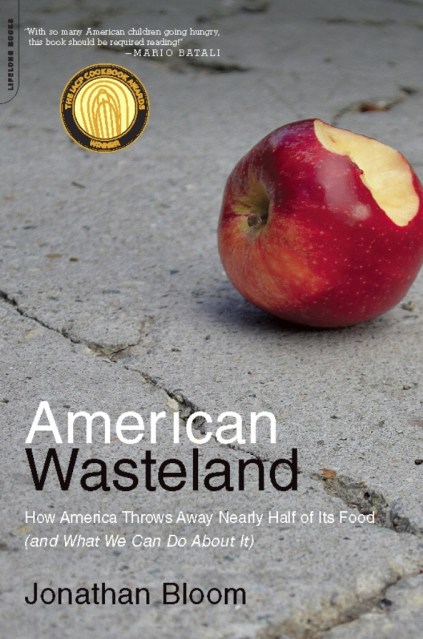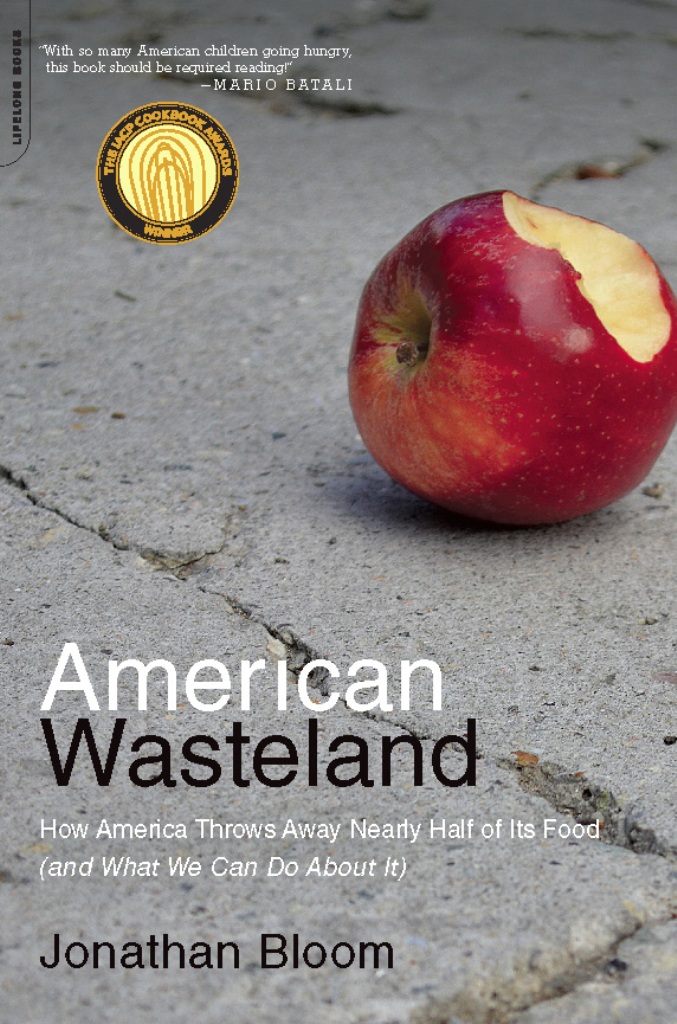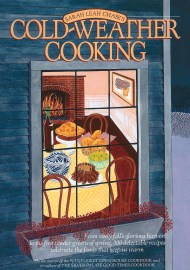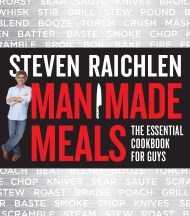Promotion
Use code MOM24 for 20% off site wide + free shipping over $45
American Wasteland
How America Throws Away Nearly Half of Its Food (and What We Can Do About It)
Contributors
Formats and Prices
Price
$11.99Price
$15.99 CADFormat
Format:
- ebook $11.99 $15.99 CAD
- Trade Paperback $24.99 $31.99 CAD
This item is a preorder. Your payment method will be charged immediately, and the product is expected to ship on or around August 30, 2011. This date is subject to change due to shipping delays beyond our control.
Also available from:
Working at both a local grocery store and a major fast food chain and volunteering with a food recovery group, Bloom also interviews experts—from Brian Wansink to Alice Waters to Nobel Prize–winning economist Amartya Sen—and digs up not only why and how we waste, but, more importantly, what we can do to change our ways.
Genre:
- On Sale
- Aug 30, 2011
- Page Count
- 384 pages
- Publisher
- Da Capo Lifelong Books
- ISBN-13
- 9780738215624
Newsletter Signup
By clicking ‘Sign Up,’ I acknowledge that I have read and agree to Hachette Book Group’s Privacy Policy and Terms of Use







